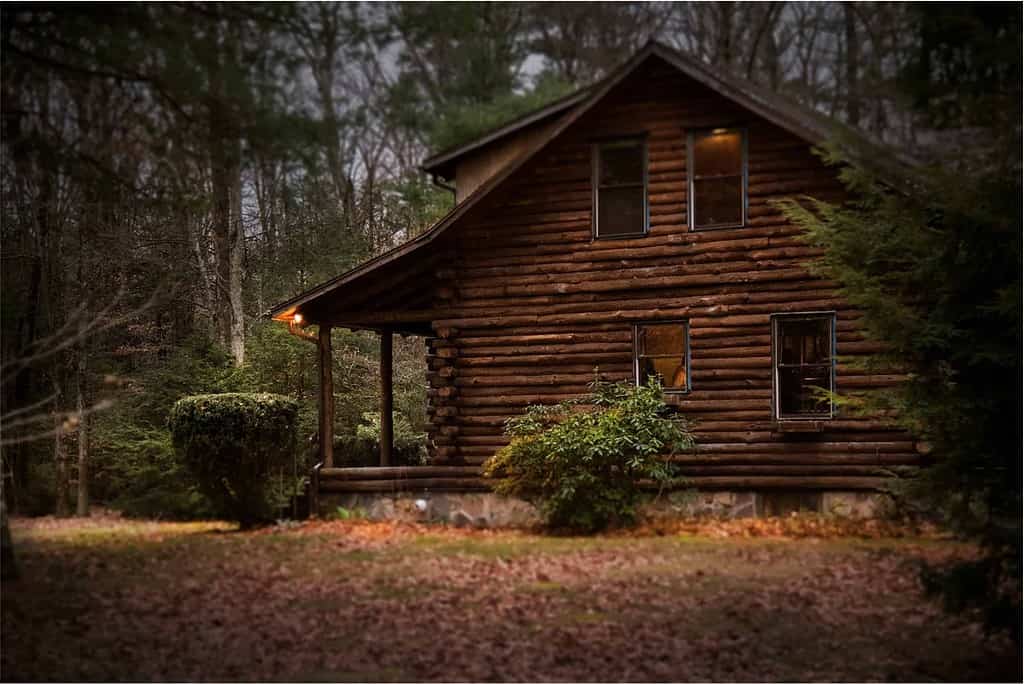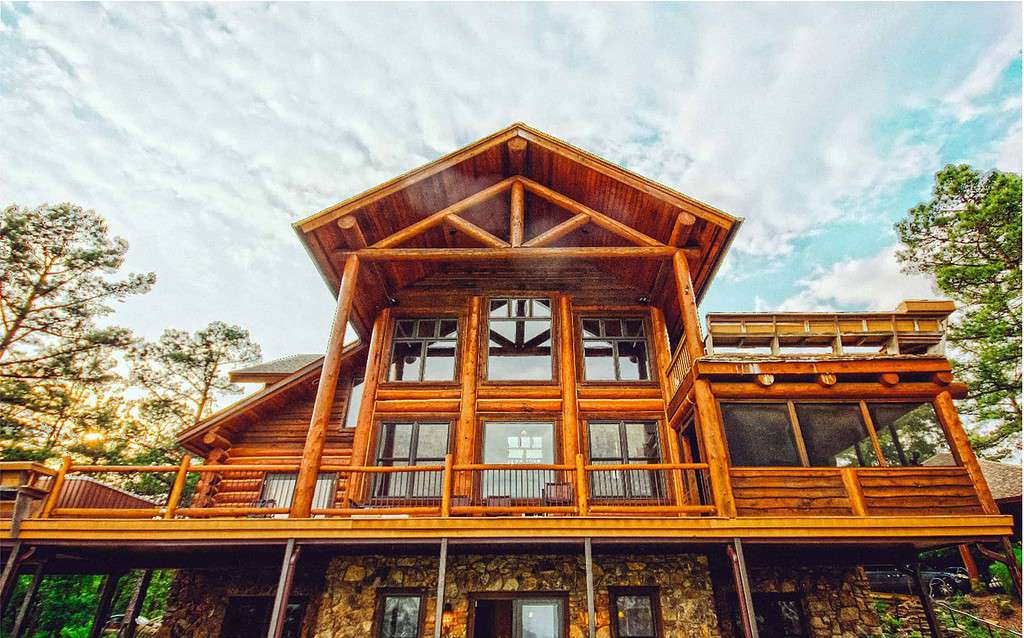As kids, a lot of us romanticized having an idyllic life in a log cabin, far away from the stress and worries of regular life. Of course, as adults, those thoughts haven’t entirely disappeared. Truthfully, they just seem out of reach for many of us.
Today, we’re here to look at some of the realities of owning and refurbishing a log cabin, whether you plan to live their full time, use it as a vacation home, or rent it out to vacationers. You can get an idea of what to expect here: https://www.fpl.fs.usda.gov/documnts/pdf2011/fpl_2011_brashaw001.pdf, though we’ll be covering these topics in detail as well!

What Are Log Cabins?
For many of us, we think of these buildings and picture someone like Abraham Lincoln living in them – they’re antique, a novelty, and not something still around. This couldn’t be farther from the case! Millions of folks across the globe live in log cabins during a portion of the year at least and enjoy them to a great extent.
Simply put, log cabins are small houses constructed from logs or lumber that are stacked and interlocked at the corners. They are often associated with rustic or wilderness settings and are popular for vacation homes or as a form of eco-friendly housing, and that prior bit is a pretty important part of why they’ve gained popularity lately.
As we mentioned, log cabins have a long history in North America and Europe, often being the first type of permanent shelter built by settlers in remote areas. Today, log cabins are still a popular choice for people looking to embrace a simpler, more natural lifestyle – they may be worth checking out! Here in Pennsylvania, they’re quite common.
Maintenance and Restoration
If you are looking into purchasing a log home or you already own one, then this is something you’ll definitely want to learn about. After all, when it comes to Log Building Maintenance, there’s a whole lot to cover.
Assessment: The first stage when working with a restoration company (or on your own) is going to be the assessment process. This may involve checking for structural issues, water damage, insect infestations, and decay – all of which are things that we can ideally catch as early on as possible.
Cleaning: From there, you can start to tackle any issues that were discovered with the structure. However, the logs may need to be cleaned to remove any dirt, grime, and old finishes that we don’t want anymore. This could be done with a pressure washer or by hand scrubbing with a cleaning solution – it will largely boil down to personal preference, as you can see here: https://journal.archaeology.nsc.ru/jour/article/view/1564/884.
Repair: Once the space is cleaned to your preferences, the actual repairs can start. Naturally, any problems that were discovered during assessment should be addressed. For instance, this could involve patching small holes, replacing rotten logs, or reinforcing weak areas. Just remember that while this part has the potential to be expensive, ensuring that the structure is safe is worth it.
Chinking: This is where things could certainly differ from a traditional property. Chinking is the process of filling in the gaps between the logs to prevent air and water from entering the home (and causing damage). This can be done using mortar, foam insulation, or natural materials like moss or clay – it’s up to you!
Finishing: Of course, there will be an end to the refurbishment process. Once the logs are clean and repaired, a finish can be applied to protect the wood and enhance its appearance. This could include tasks like staining, sealing, or painting the logs. You can discuss what sort of finish you want with your contractor if you’re working with one.
Maintenance: The Long Haul
Something worth keeping in mind when you have a building like this is that they will likely require maintenance a lot of the time. You’ll have to keep on top of it to ensure that everything is working properly, as you can read about in this article. Thankfully, a lot of the companies that help with restoring cabins can also assist with the maintenance portions.
As far as what this may include, it will vary depending on your property, and even what type of logs your structure is built out of. Regular inspections can help catch any problems early on, allowing you to save both time and money when they can be resolved efficiently.
Cleaning will also be pretty important – in order to retain the finish on your logs, you’ll want to find the right type of cleaner that won’t cause any damage. Additionally, the elements can wreak havoc on wood over time, so keep an eye on both the inside of the building as well as the outside of it.















